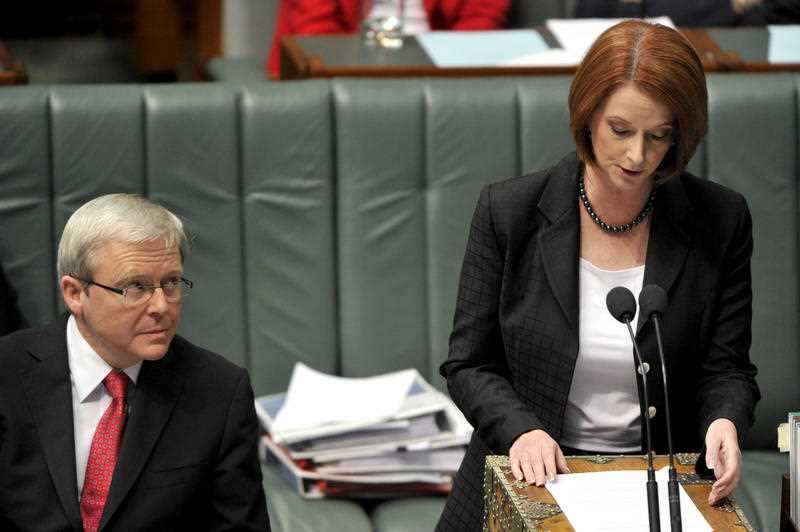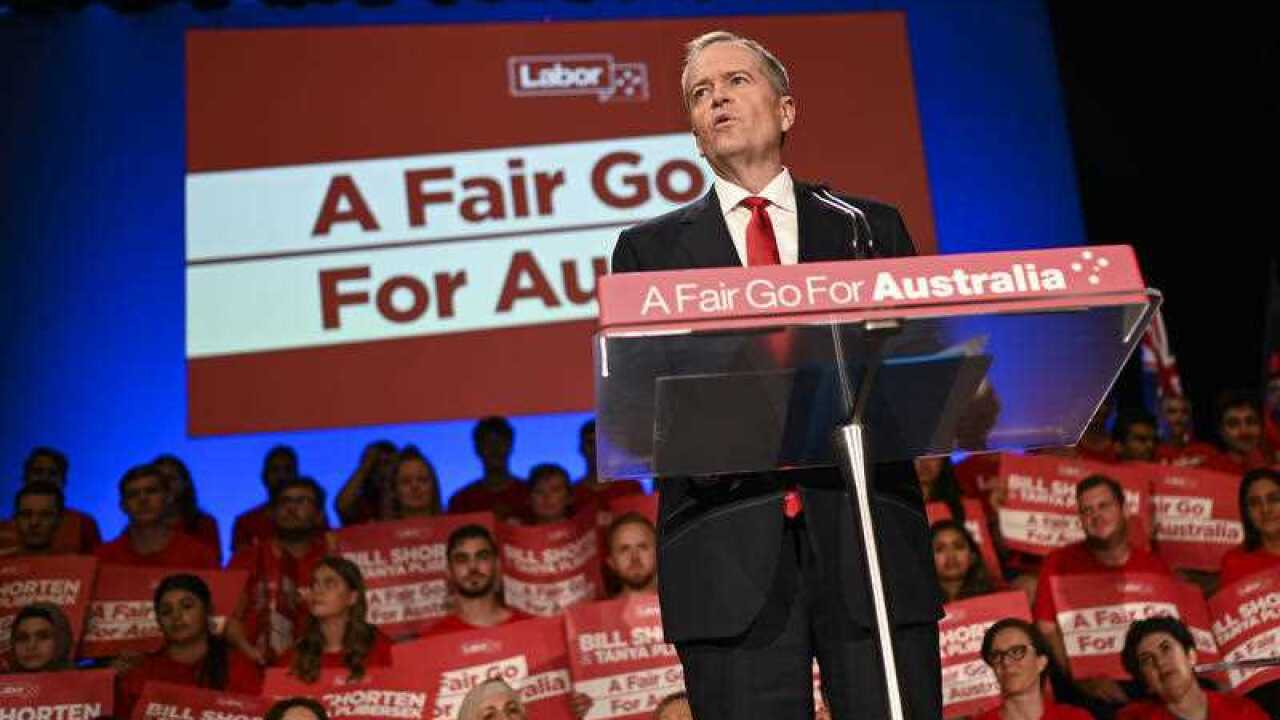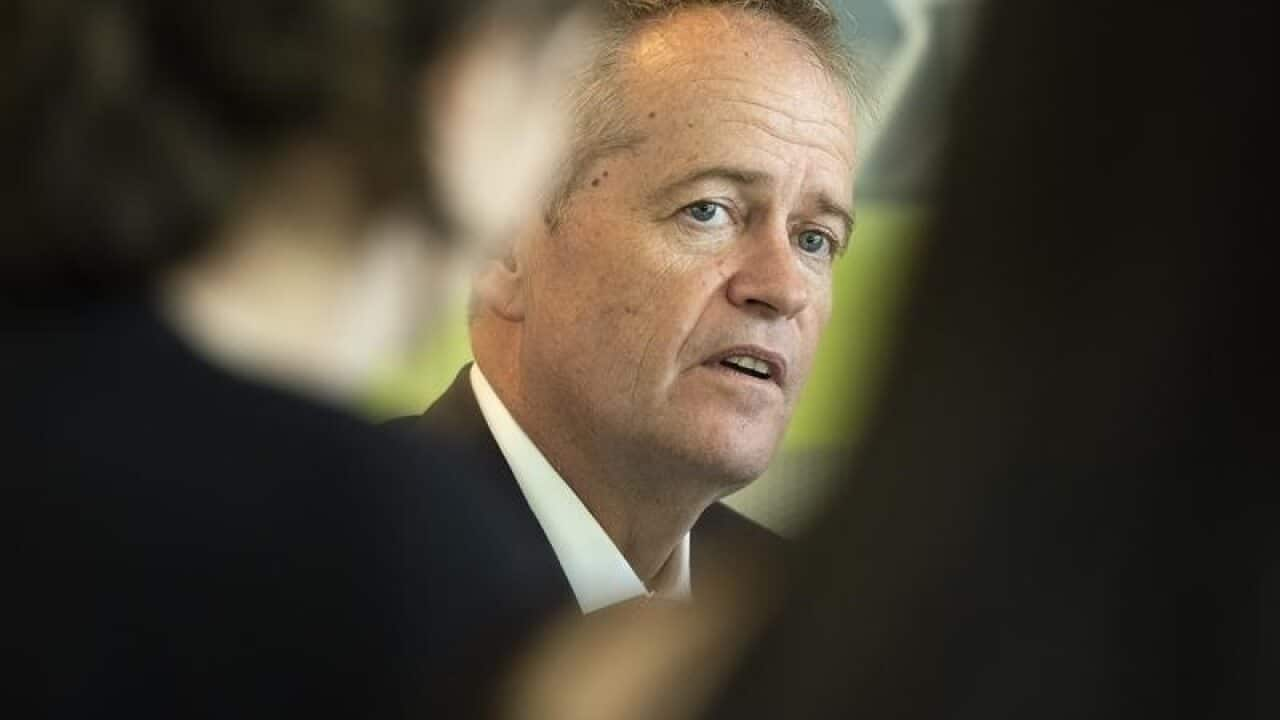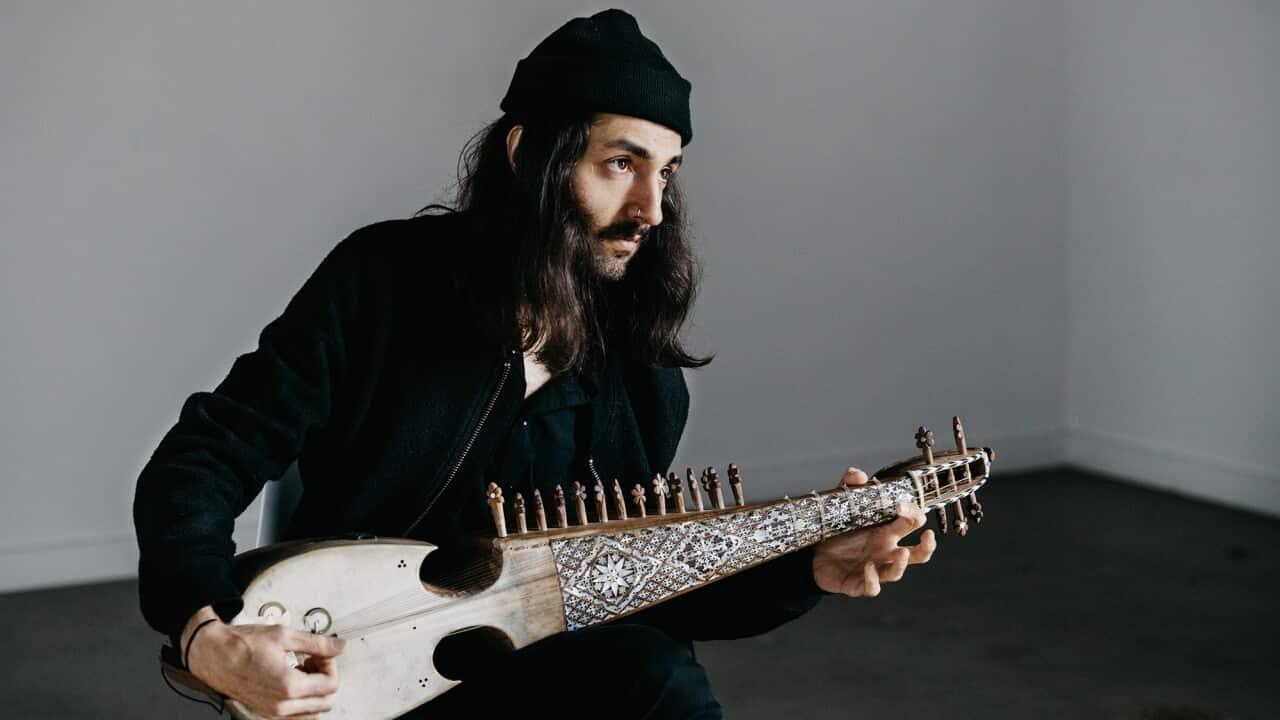The Australian Labor Party is Australia's oldest party in one of the world's oldest continuous democracies. One of the first labour parties created in the world, Labor grew out of the trade union movement before Federation.
And, the trade union movement continues to be a major influence over its policies and personnel.
Faced with economic depression in the 1890s, workers in Queensland decided they needed a political party to represent them.
By 1899, the ALP had formed its first government, in Queensland, and won seats in the first national parliament after Federation in 1901.
In the 1904, Chris Watson became Labor's first prime minister, leading a minority government, before, in the 1910 election, the party became the first to win a majority in either of the federal houses of parliament.
The Whitlam era
Gough Whitlam is perhaps the most iconic Labor prime minister, respected by supporters for his reforming agenda, and made notorious by his dismissal by then Governor-General Sir John Kerr. Mr Whitlam had his commission as prime minister removed on 11 November 1975 by Sir John after the opposition, led by Liberal leader Malcolm Fraser, blocked budget bills in the Senate.
Mr Whitlam had his commission as prime minister removed on 11 November 1975 by Sir John after the opposition, led by Liberal leader Malcolm Fraser, blocked budget bills in the Senate.

Former Prime Minister Gough Whitlam speaking to reporters after the dismissal. Source: Hulton Archive
Sir John installed Mr Fraser as interim prime minister and Mr Whitlam's Labor suffered a massive loss the following election.
"Well may we say God save the Queen, because nothing will save the governor-general," Mr Whitlam said, in one of his most famous lines.
The Bob Hawke era
Former Australian Council of Trade Unions boss Bob Hawke is Labor's longest serving prime minister, from 1983 to 1991. Known as a beer-swilling larrakin that everyday Australians could relate to, Mr Hawke led a government that introduced reforms to deregulate the Australian economy, including floating the dollar, while also overseeing a period of recession with unemployment reaching the highest level since the Great Depression.
Known as a beer-swilling larrakin that everyday Australians could relate to, Mr Hawke led a government that introduced reforms to deregulate the Australian economy, including floating the dollar, while also overseeing a period of recession with unemployment reaching the highest level since the Great Depression.

Former prime minister Bob Hawke. Source: AAP
But he's perhaps best remembered for his response to Australia's breakthrough win in the America's Cup yacht race.
"I tell you what, any boss who sacks anyone for not turning up today is a bum .... (laughter) .... You have to work a bit harder the next day to make up. It's a day for all Australians isn't it? It brings us all together. Marvellous. Absolutely marvellous."
Mr Hawke lost the leadership and prime ministership after a bitter challenge from Treasurer Paul Keating, who claimed to have been promised the top job in a deal between the two years before.
The Kevin Rudd era

Kevin Rudd at the ALP election campaign launch in 2007 Source: AAP
That victory left Mr Rudd's immediate predecessor, Liberal John Howard, Australia's second-longest serving prime minister, without the top job and without a seat.
Mr Rudd moved quickly to issue a national apology to the generations of Indigenous children who, under government policies, had been forcibly removed from their families.
"We apologise, especially, for the removal of Aboriginal and Torres Strait Islander children from their families, their communities and their country," Mr Rudd told parliament.
"For the pain, suffering and hurt of these Stolen Generations, their descendants and for their families left behind. We say sorry."
The revolving door prime ministership

Kevin Rudd and Julia Gillard in 2010 Source: AAP
Mr Rudd resigned as leader of the Labor Party and prime minister in June 2010 after his deputy, Julia Gillard, signalled that she'd challenge him.
Ms Gillard assumed the position and her rise to the top job made her Australia's first woman prime minister after she'd also been Australia's first deputy prime minister.
During her time as PM Ms Gillard faced continued opposition from within her own party from Mr Rudd and his supporters while also facing down Liberal leader Tony Abbott.
Ms Gillard delivered one of her most well-known speeches to parliament criticising Mr Abbott and accusing him of alleged sexism, after Mr Abbott moved to expel Speaker Peter Slipper over apparently sexist jokes the Speaker had sent to a staffer. "I say to the leader of the opposition I will not be lectured about sexism and mysogony by this man," Ms Gillard told parliament.
"I say to the leader of the opposition I will not be lectured about sexism and mysogony by this man," Ms Gillard told parliament.

Julia Gillard delivering her misogyny speech Source: AAP
"I will not. And the government will not be lectured about sexism and mysogony by this man. Not now. Not ever."
Mr Rudd challenged Ms Gillard for the leadership without success in February 2012 and despite lingering leadership tension didn't stand when Ms Gillard called another vote in March 2013.
But, he did stand and did succeed in another challenge however, in June that same year, taking back the Labor leadership and the prime ministership, leading Labor to an election loss in September.
The rise of Bill Shorten

بیل شورتن در 2013 در برابر انتونی البنیزی برندۀ رهبری حزب .کارگر شد Source: AAP
He swung support from Mr Rudd to Ms Gillard, which helped her attain the leadership, but later switched his support back to Mr Rudd, in his leadership challenge before the 2013 election.
"I am a great admirer of our Prime Minister Julia Gillard," Mr Shorten said at the time.
"I have supported her loyally for three years. I believe she's accomplished remarkable things. But the future of this nation and the Labor Party is at stake here, therefore I shall be supporting Kevin Rudd tonight."
Mr Shorten won the leadership himself after Labor's loss in that election and has retained it since, overseeing a period of stability for the opposition and the party's preparation for this year's vote.
Senior lecturer in politics at Monash University Dr Zareh Ghazarian says Labor's recent stability contrasts with the Coalition's image in recent years.
"The Labor Party has been able to re-position itself as a stable political force," Dr Ghazarian told SBS News.
"Of course it contrasts sharply with what the Labor Party was doing to itself only a few years ago so it's been a remarkable turnaround by the party.
"It has now presented itself as stable with a stable leadership and ultimately it looks set to win the upcoming election."






